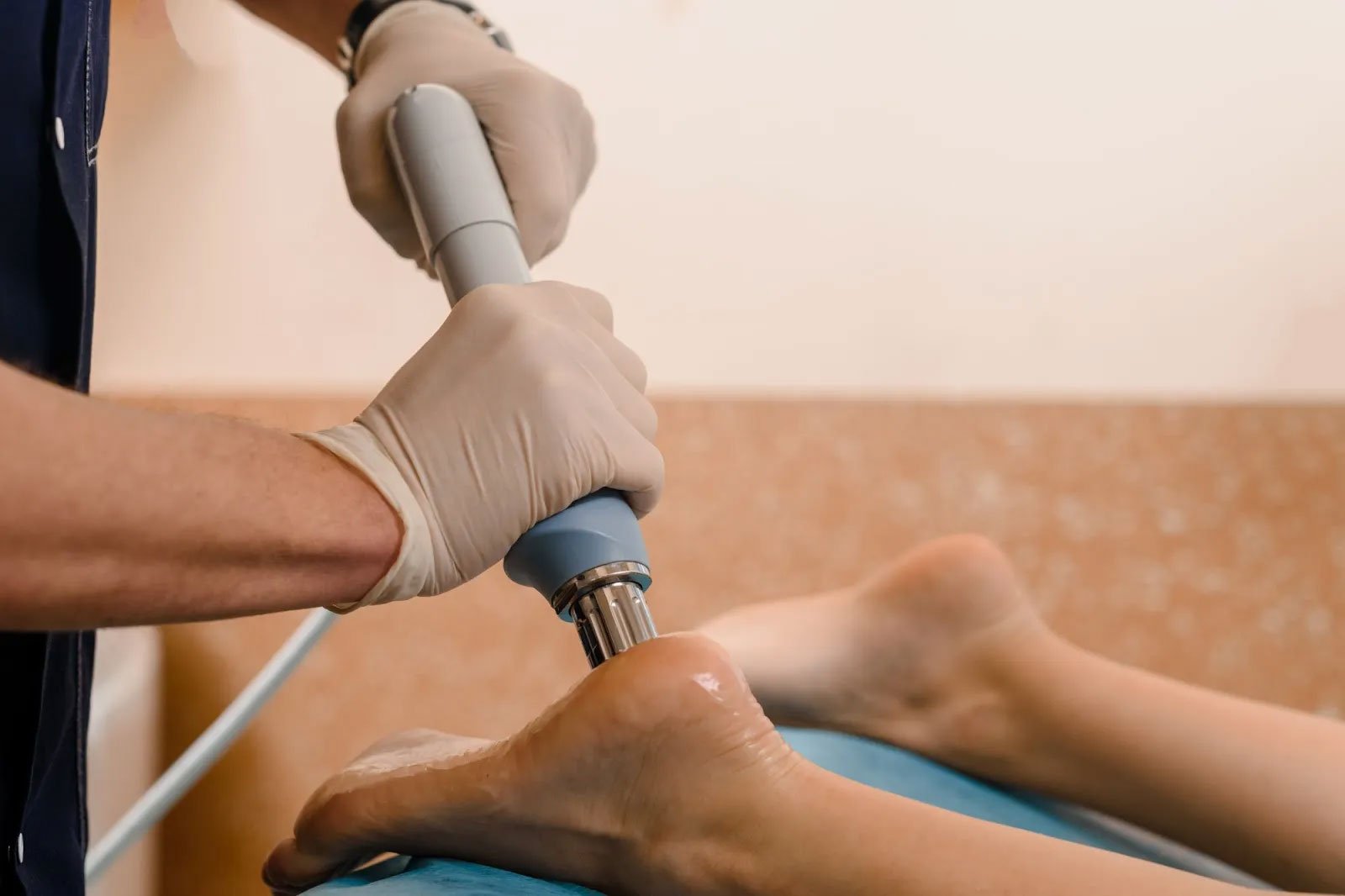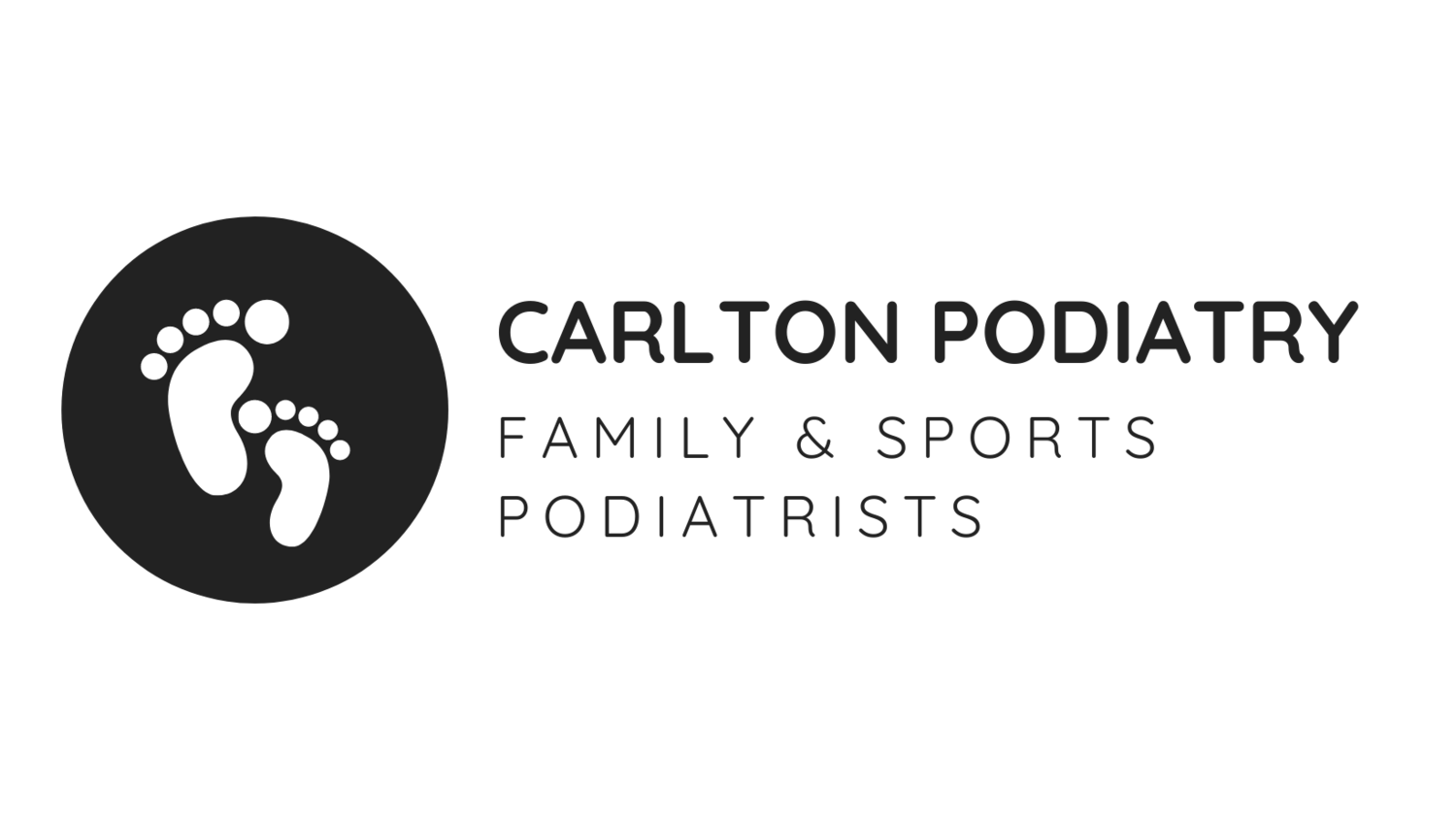
Shockwave Therapy
Extracorporeal Shockwave Therapy (ESWT) is a non-invasive treatment to treat various musculoskeletal conditions of the lower limb by stimulating the body's natural healing response.
Stimulating the body’s natural healing response.
Shockwave therapy is a non-invasive treatment used by healthcare professionals, including podiatrists, to treat various musculoskeletal conditions of the lower limb. It works by delivering mechanical shock waves to the affected area, stimulating the body's natural healing response. Here are some key benefits of shockwave therapy:
Offers Pain Relief and Healing: Shockwave therapy promotes an increase in blood circulation and metabolism in the pain area, which accelerates the healing process. It also stimulates the nerves, which can lead to a reduction in pain sensation.
Non-Invasive: Shockwave therapy does not involve any surgical procedures, which means it has fewer associated risks, requires no anesthesia, and ensures quicker recovery times.
Treats Various Conditions: Shockwave therapy can effectively treat a variety of lower limb conditions, including plantar fasciitis, Achilles tendinopathy, shin splints, and calcific tendonitis. It's often used when traditional treatment methods like physiotherapy, orthotics, and medications have not been successful.
Improves Mobility: By reducing pain and inflammation and promoting healing, shockwave therapy can increase mobility and function in patients, improving your quality of life.
Few Side Effects: Unlike some forms of medical treatments, shockwave therapy has relatively few side effects. Some patients may experience temporary discomfort during or after treatment, but this generally resolves quickly.
Quick and Convenient: Treatment sessions are usually quick, often completed within 15-20 minutes. This makes it a convenient option for many patients.
It's important to note that while shockwave therapy can offer significant benefits, it's not suitable for everyone, and its effectiveness can vary depending on the specific condition and individual patient characteristics.
Get in touch with us, and we’ll help you determine the best treatment approach for your specific needs.

